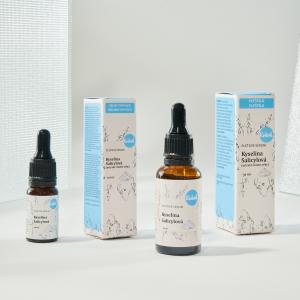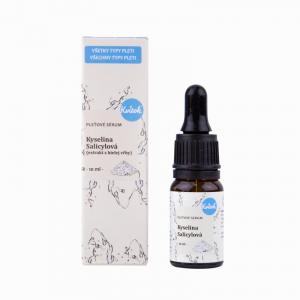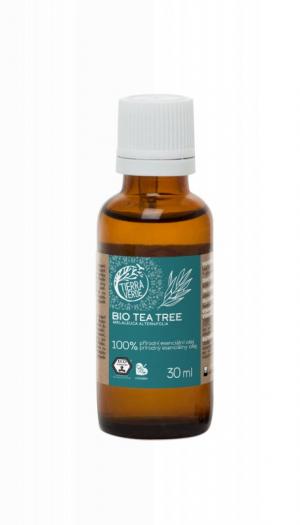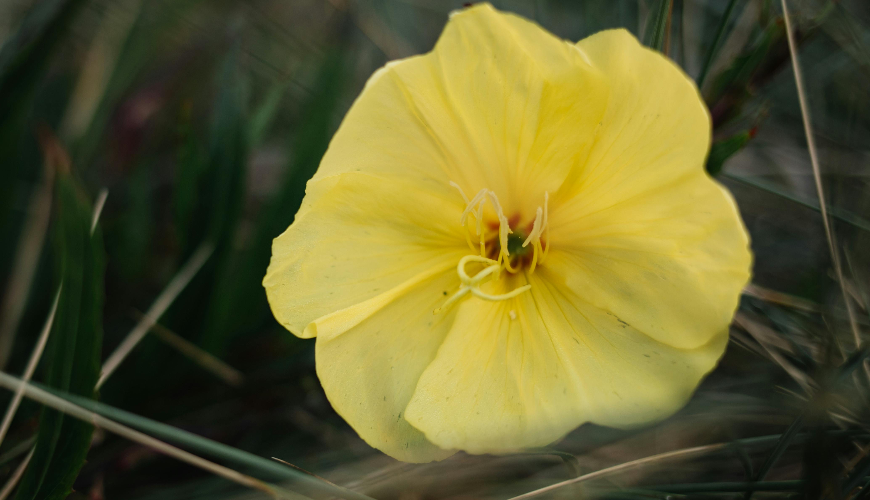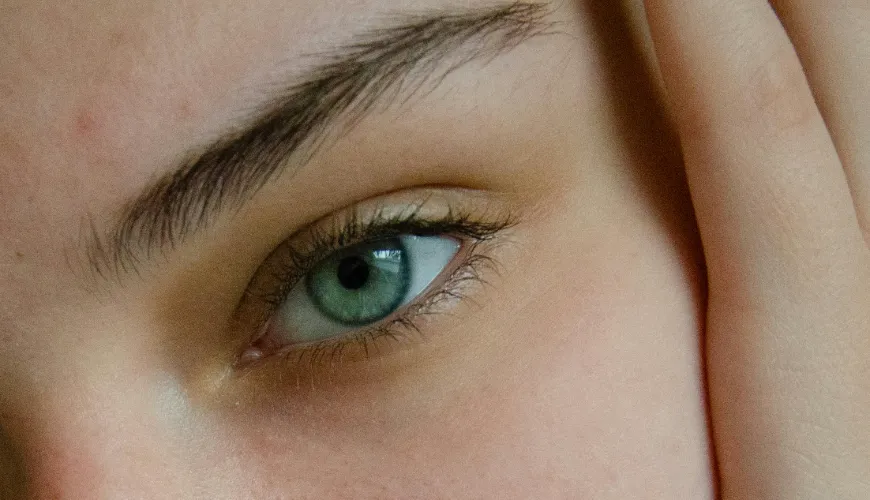
What do white spots on the skin after tanning mean and how to remove them
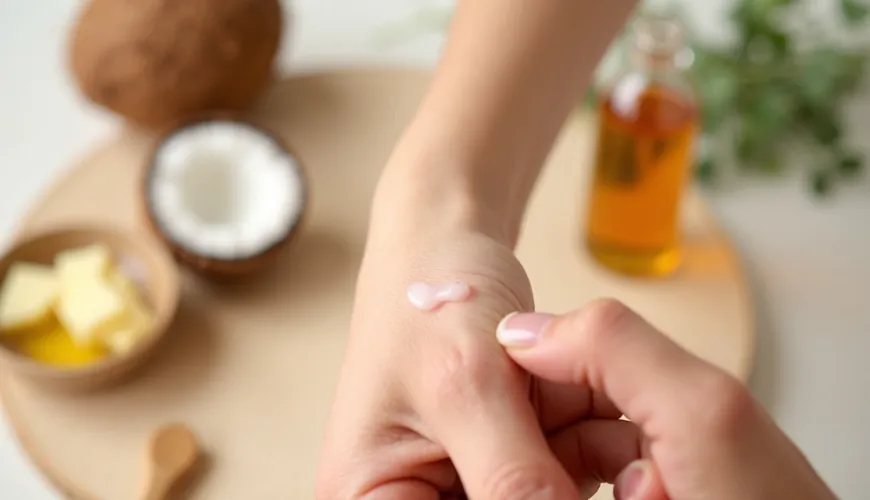
White Spots on the Skin after Tanning - An Aesthetic Issue or a Sign of Something More?
Summer sun, warm sand underfoot, and a golden skin tone – for many, the epitome of an ideal vacation. However, sometimes after returning from the beach, something unwanted appears: white spots on tanned skin. At first glance, they seem inconspicuous, but they can be aesthetically disturbing and sometimes worrisome. What exactly do white spots after tanning mean, why do they occur, and most importantly – how to get rid of them or prevent them?
What Happens to the Skin During Tanning?
Our skin contains cells called melanocytes, which produce the pigment melanin. This pigment is a natural protection against UV radiation – the more melanin the skin produces, the darker it appears. Thus, when exposed to the sun, the skin gradually tans. But what if irregular white spots start appearing on tanned skin, resembling a world map?
One common cause is pigmentation disorders. Not always is the cause serious – sometimes completely ordinary factors like poor hydration, using unsuitable cosmetics, or even mechanical irritation of the skin can be the culprits. Still, it is worthwhile to distinguish between harmless spots and those that might signal a deeper problem.
When Is It Just a Cosmetic Issue and When a Health Problem?
One of the most common culprits of white spots after tanning is a condition known as tinea versicolor, commonly referred to as "sun fungus." It is an overgrowth of yeast that commonly occurs on everyone's skin. Under certain conditions – such as excessive sweating, increased humidity, or weakened immunity – it can spread and cause white or light brown spots, which are particularly noticeable on tanned skin. They do not cause pain or itching but can persist for several months.
Another quite common cause is vitiligo – an autoimmune disease that manifests itself in the loss of pigment in certain areas of the skin. Unlike tinea versicolor, vitiligo presents as sharply defined white spots that are permanent and often gradually spread.
A significant reason could also be mechanical damage to the skin – for example, if there is chafing or burning, pigmentation in that area may slow down or temporarily stop. This is common, for example, in people who frequently wipe sweat with a towel during sunbathing or wear tight clothing that irritates the skin.
How to Identify the Cause of White Spots?
Identifying the cause is not always easy, but certain signs can provide clues.
Sun fungus usually appears on the back, chest, or shoulders as finely scaly spots of irregular shape, while vitiligo manifests completely differently – it appears mainly on the face, hands, and around the eyes or mouth, and is characterized by sharply defined, contrasting spots without scales. When pigmentation loss occurs, for example, after burning or irritation, it is usually nothing serious – pigmentation typically returns over time.
In any case, if white spots persist for a long time, worsen, or spread, it is advisable to consult a dermatologist. A specialist can perform simple tests, such as illuminating the skin with a special Wood's lamp, which helps reveal the presence of yeast or other anomalies.
What Can Be Done at Home and How to Prevent White Spots?
If the cause is a fungal infection, it can usually be managed with antifungal creams or shampoos containing ketoconazole or selenium. These products are available without a prescription, but it is important to adhere to regular and consistent use, otherwise, the problems quickly return.
In terms of prevention, it is important to:
- Keep the skin clean and dry, especially in hot weather.
- Avoid excessive sunbathing, as UV radiation can weaken the skin's natural defenses.
- Use natural or hypoallergenic sunscreens that do not contain irritating chemical components.
- Hydrate the skin after each sun exposure – ideally with natural oils or creams with aloe vera, which support regeneration.
- Wear breathable clothing that allows the skin to breathe.
A practical example? Many people who spend the summer by the sea return with beautifully tanned skin – until a few weeks later when spots appear. One young woman from Brno described how, after a vacation in Croatia, white maps began to form on her back. At first, she didn't pay attention, but when they didn't disappear after several months, she visited a dermatologist. The diagnosis? Tinea versicolor. After a two-week treatment with antifungal shampoo and more frequent wearing of cotton clothing, the problem gradually subsided.
Natural Help? Less Chemistry, More Balance
For those who prefer a natural approach, there are several ways to support the skin. For example, tea tree oil has strong antifungal properties and can be cautiously applied to affected areas (always diluted). Coconut oil is also known for its antibacterial effects and excellent hydration.
Another alternative is apple cider vinegar, which, due to its acidic pH, acts against overgrown microorganisms. Mixed with water (in a 1:1 ratio), it can serve as a skin toner, but caution is advised – if the skin is irritated, it may sting.
If white spots appear repeatedly, it is worth considering the state of intestinal microflora. Stress, poor diet, and lack of sleep can weaken the immune system and create ideal conditions for fungal growth. Here, the inclusion of fermented foods like kefir, kimchi, or fermented vegetables can help.
Try our natural products
White Spots Are Not Just an Aesthetic Flaw
Although they may seem like "just" a cosmetic problem, white spots on the skin can be a signal of imbalance in our bodies. The skin is the largest organ of the human body and often reacts first to internal changes. Whether it is hormonal fluctuations, infections, or long-term stress, all can manifest in its appearance.
As the famous dermatologist Dr. Howard Murad says: "The health of the skin is a reflection of the health of the entire body." And even if white spots may seem trivial, they can be a clue to something bigger.
Ultimately, the key to healthy skin is a combination of multiple factors – from proper care and choosing the right cosmetics to a healthy lifestyle. And this is also the philosophy of sustainable and natural care, which is close to those seeking gentler paths to harmony of body and soul. If you are among those who want to listen to your body, then white spots after tanning may be the beginning of deeper understanding.

